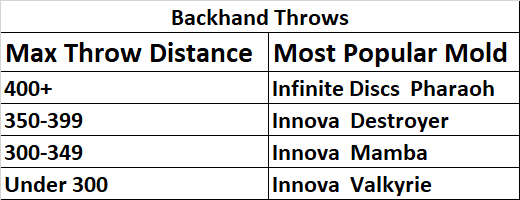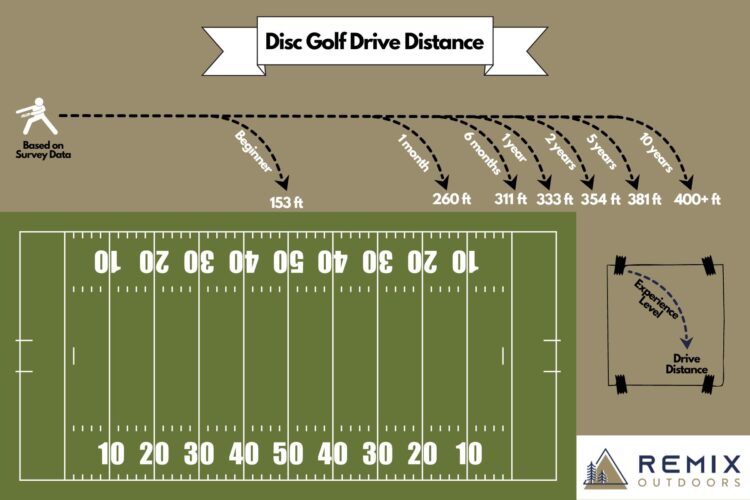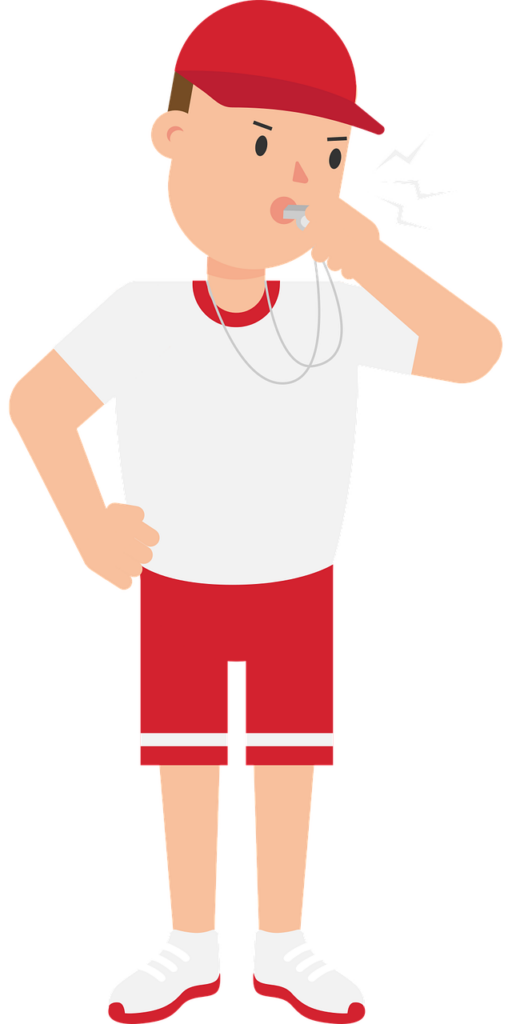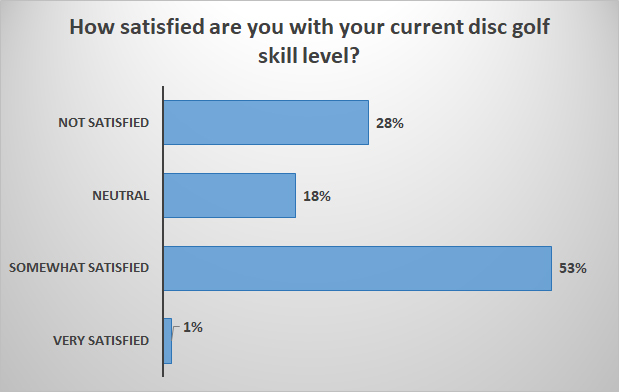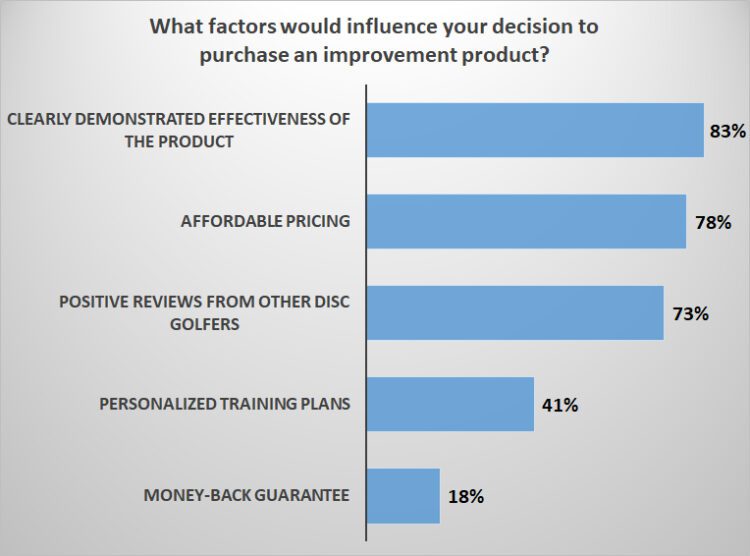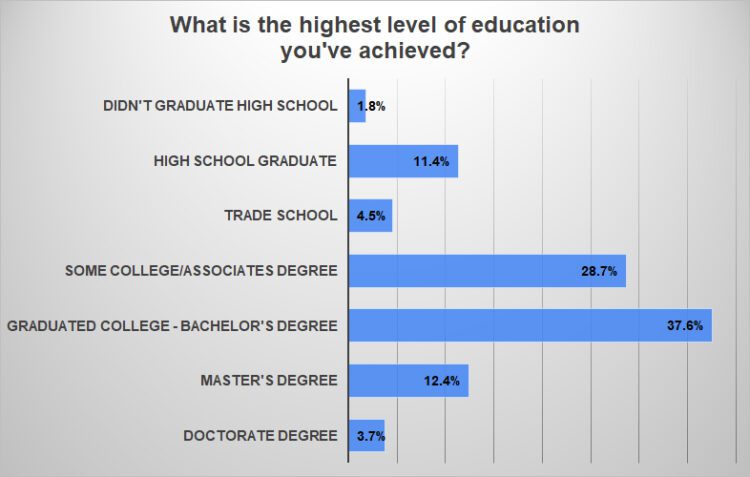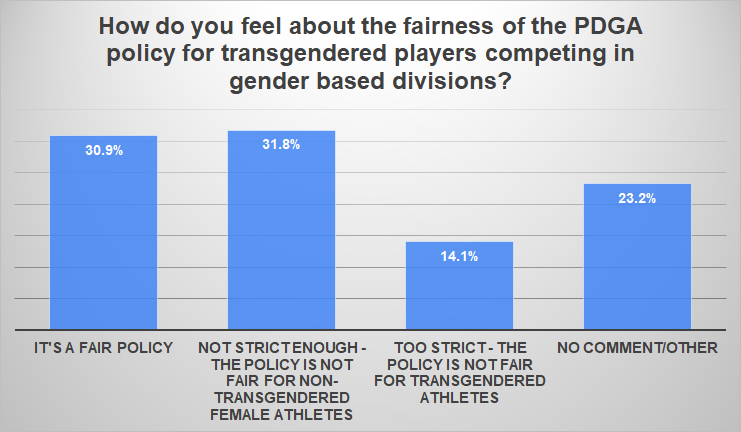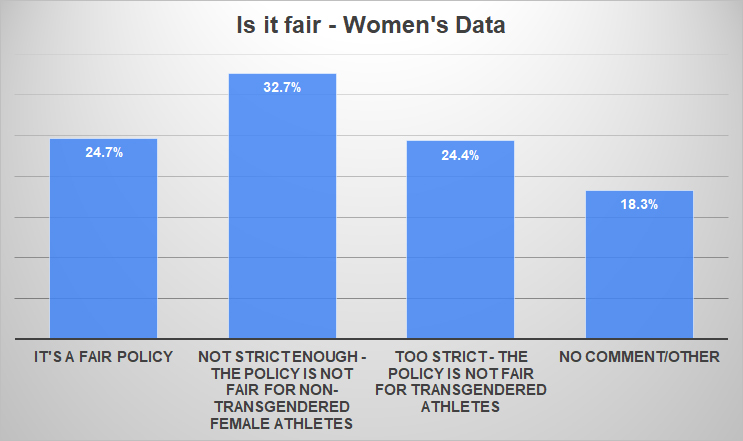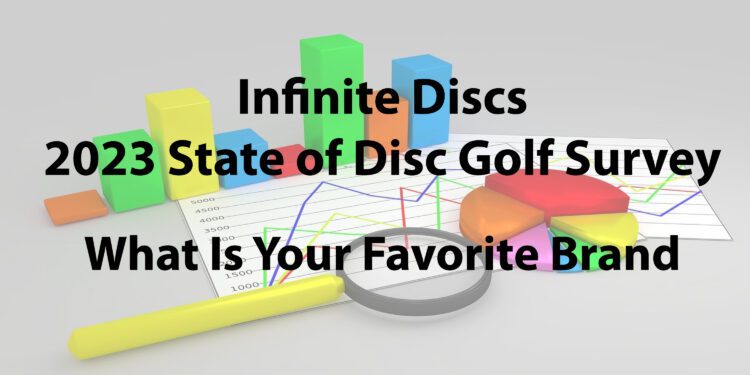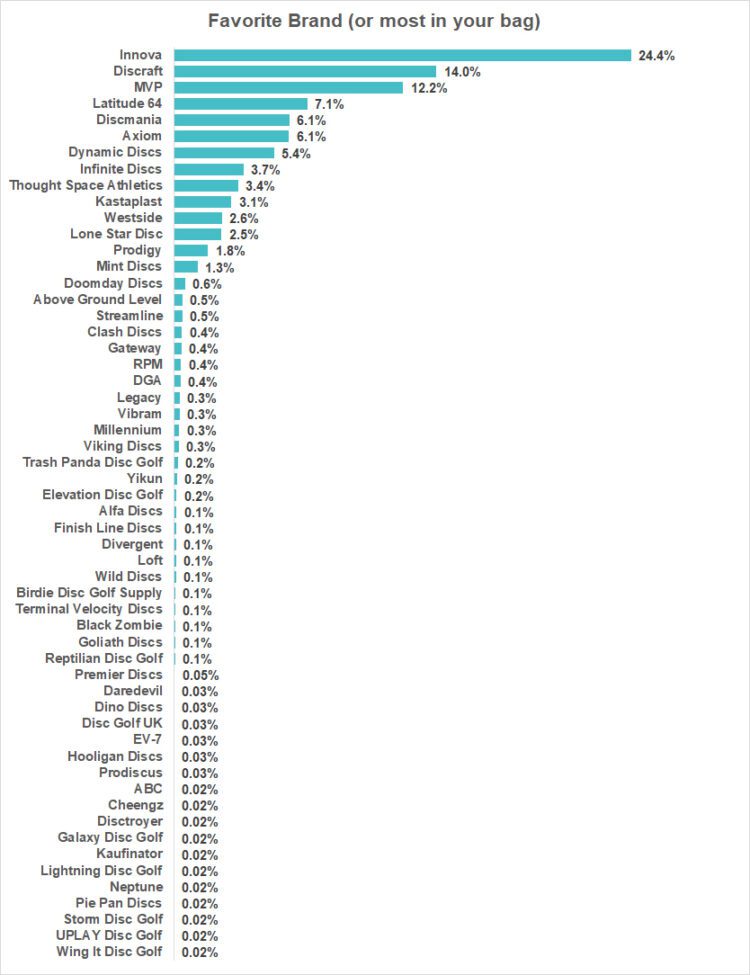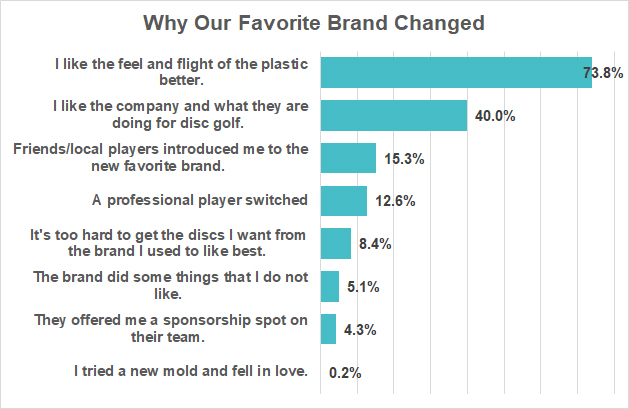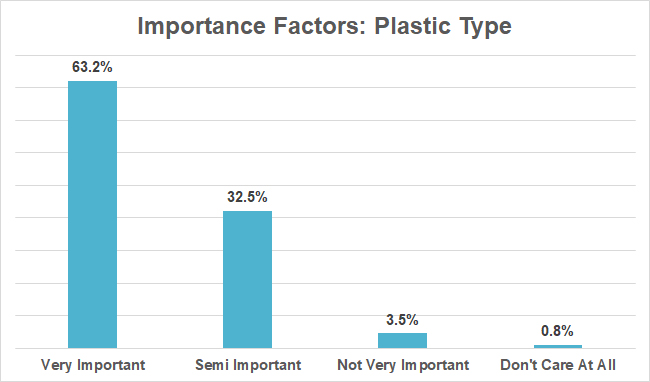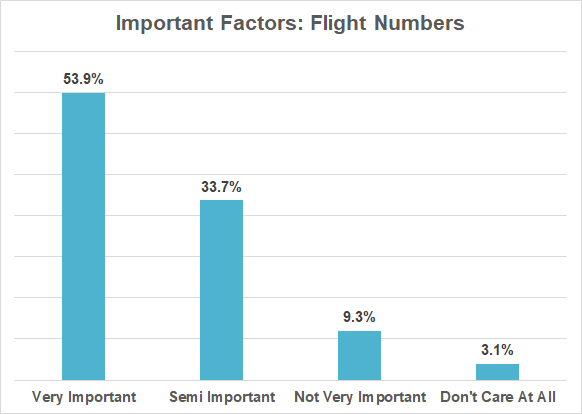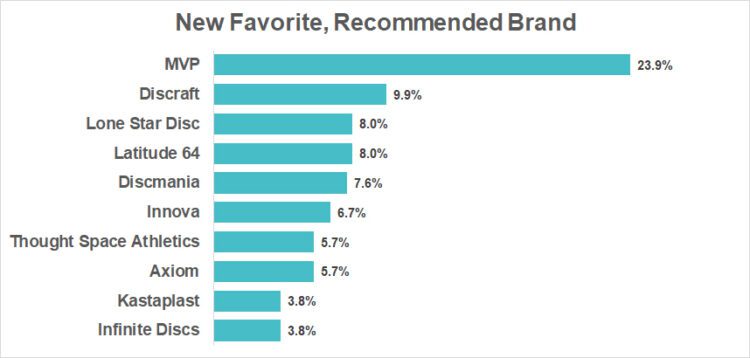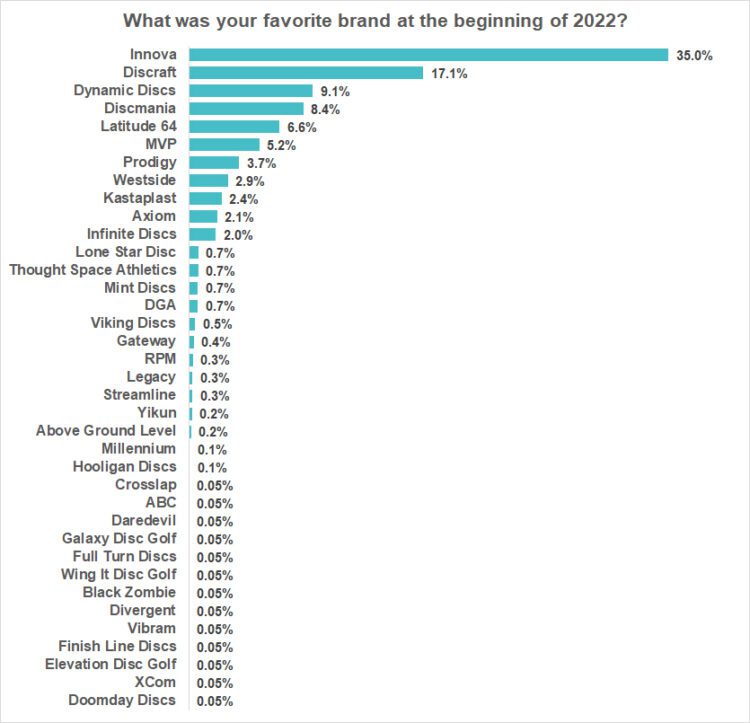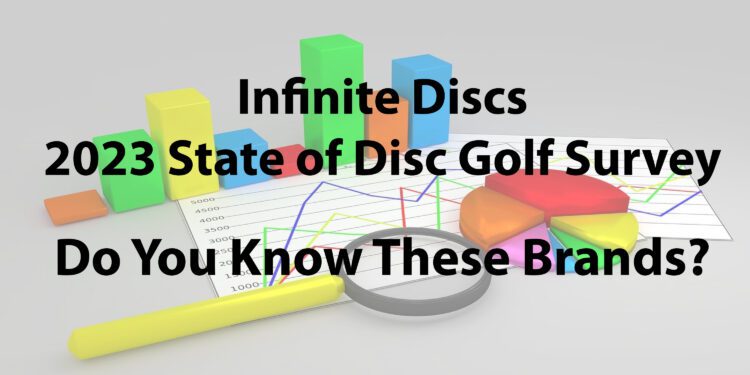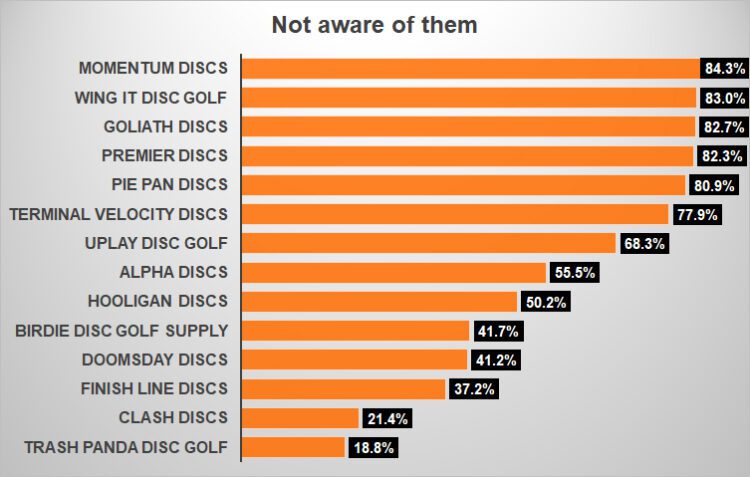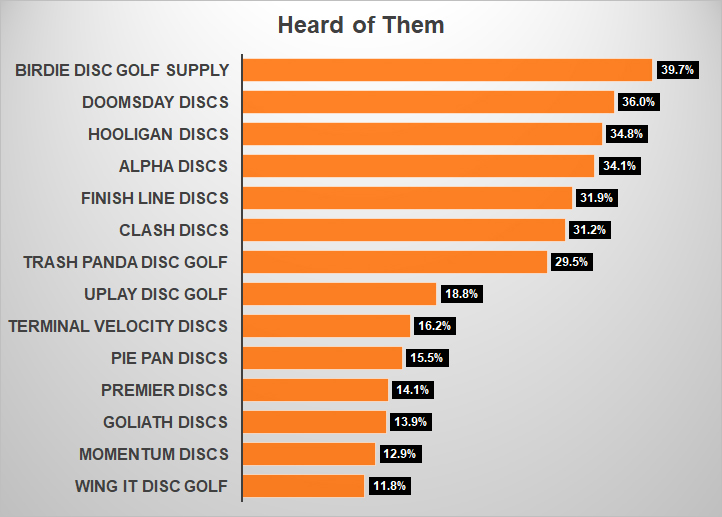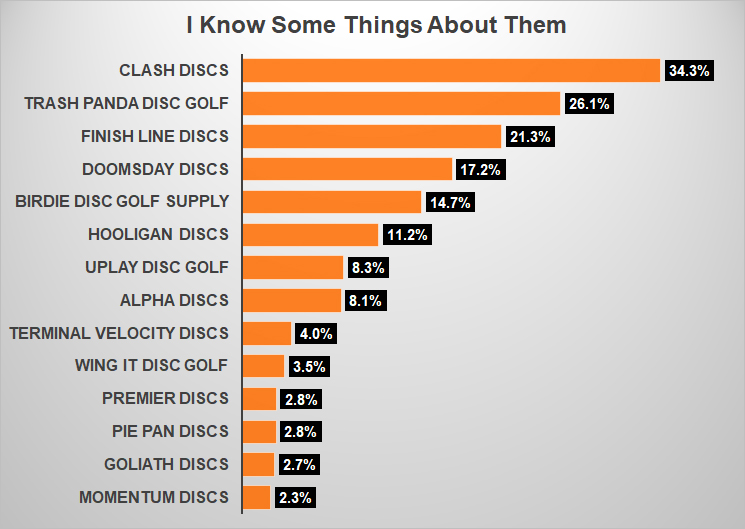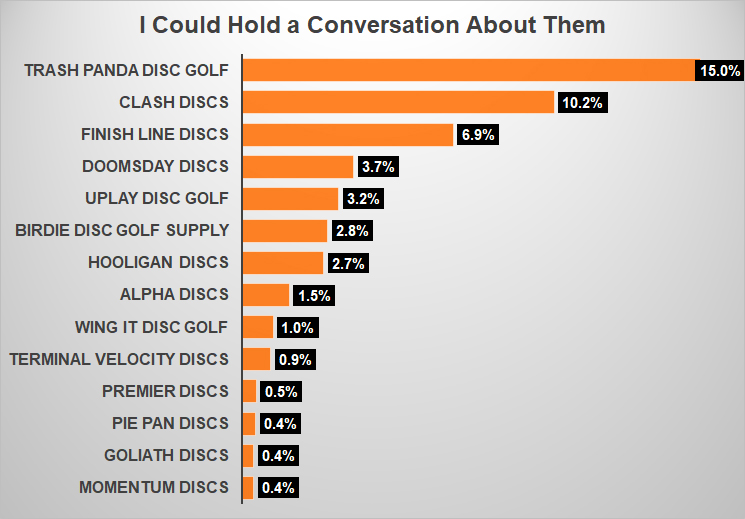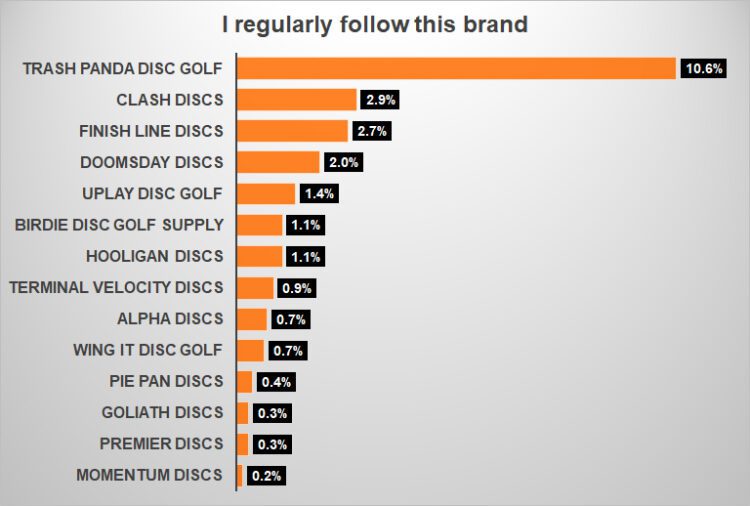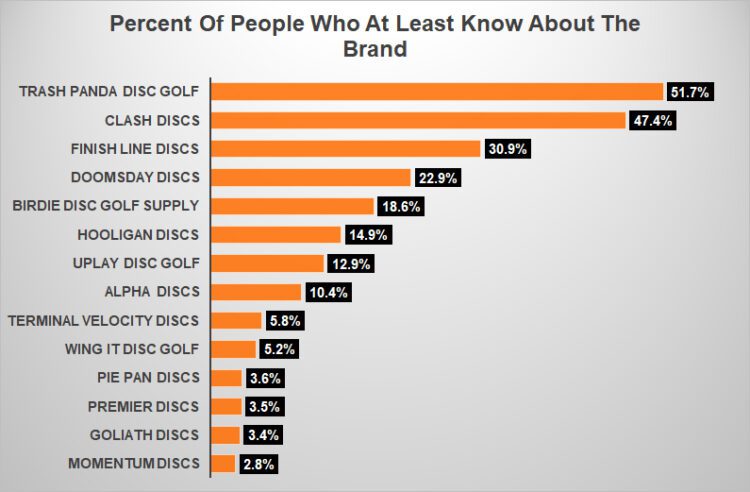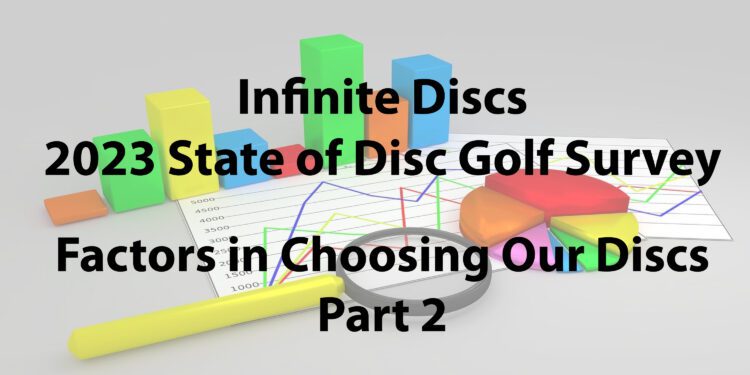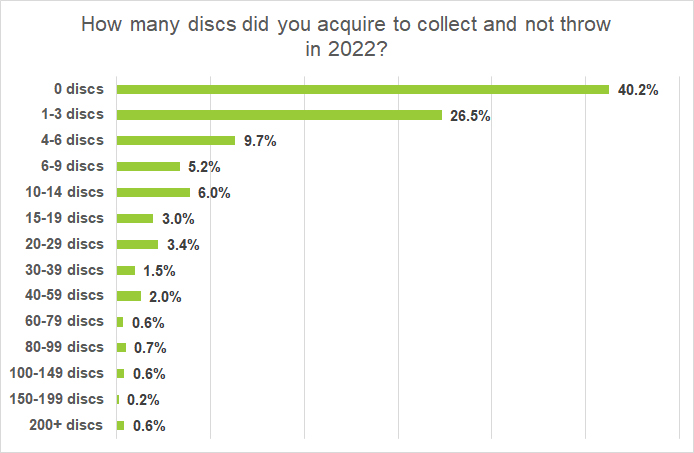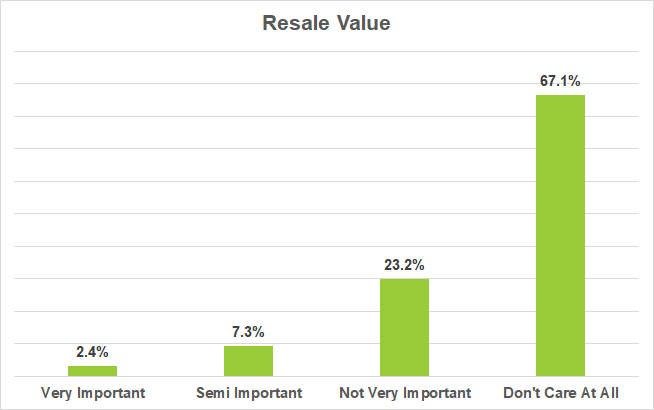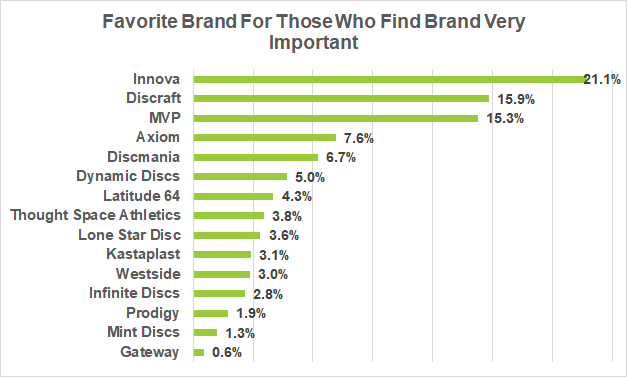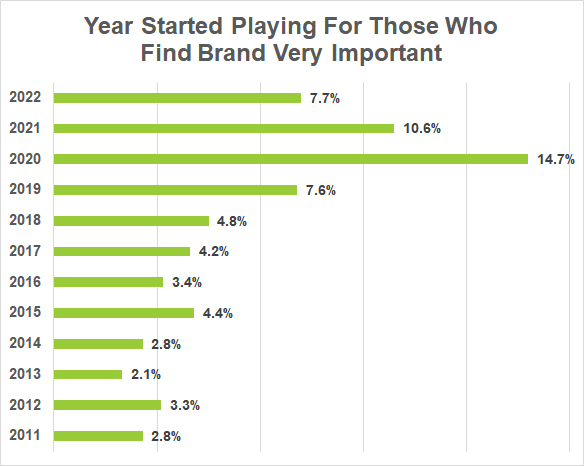Farthest Flying Disc Golf Discs: The Real Max Distance Drivers

Last year we posted a survey asking you which disc you reach for if you want the longest drive possible. Well, we want to know if your farthest flying disc has changed, so we’re asking again. And like last year, we’ll randomly select a few of you to win a $50 Infinite Discs gift card. you can read last year’s results below. Then post your response to the questions:
- What mold and plastic do you reach for when you want to get the longest distance possible (assume that wind is not a factor)?
- About how far are you throwing on a max drive attempt?
- Is your max drive a forehand or backhand?
Here are the results for last year.
Farthest Flying Disc Golf Discs
We’ll take a look at the top discs for backhand throws, forehand throws, and which disc was number one for certain distance ranges. We’ll also look at the top molds from the survey to find out the max distance drivers from each manufacturer. Here are the survey results!
Farthest Backhand Disc

Taking first place with the most people choosing this disc as their farthest flyer with a backhand throw is the Innova Destroyer. This perennial fan favorite regularly takes the title of most discs sold at Infinite Discs. It has been a hot seller since it was introduced a decade and a half ago. The speed 12 disc flight gives disc golfers a gentle turn with a solid fade, allowing for lots of power while still creating the S-curve that we love when we’re throwing for distance.
Spoiler alert: The top four molds for farthest flying backhand disc are the same as the top four forehand molds, but in a different order. Taking second place is the Infinite Discs Pharaoh. Third place goes to the Innova Wraith, with a similar flight to the Destroyer, but slightly lower speed. Forth place is the Infinite Discs Emperor, which also has a flight similar to the Destroyer. Rounding out the top five is the Discmania DD3, another mold whose flight delivers the long S-curve.
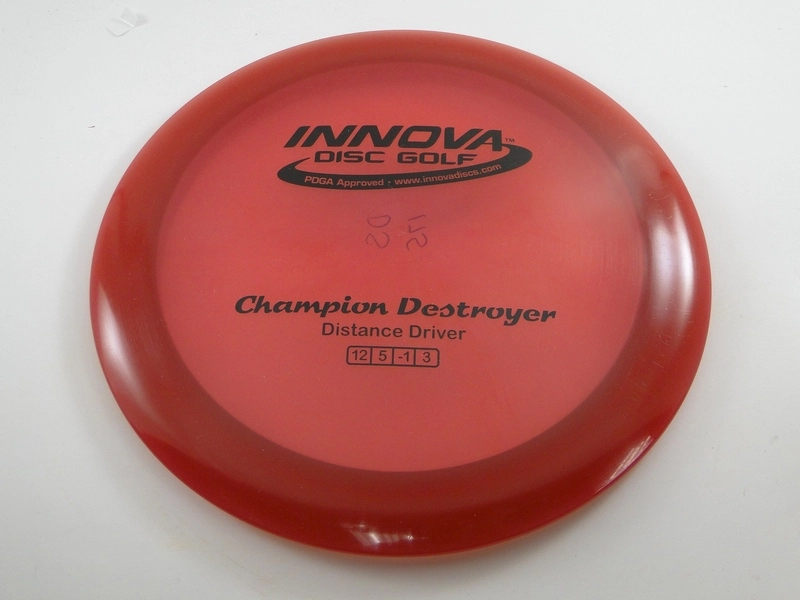
Top Five Farthest Flying Discs for Backhand Throws
Farthest Forehand Disc
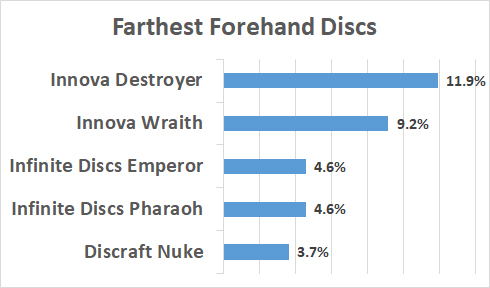
Taking the top title for farthest forehand disc is, once again, the Innova Destroyer. I think it’s safe to say that this disc will go far for most players. The stability of this mold helps fight the torque off the tee that a forehand throw generates, so it can get a long flight and a reliable finish. The Destroyer’s little brother, the Wraith, picked up second place for forehands. Two Infinite molds occupy the third and fourth spots, the Emperor and Pharaoh respectively. The long-flying Discraft Nuke holds the last of the top five spots.
Top Five Farthest Flying Forehand Discs
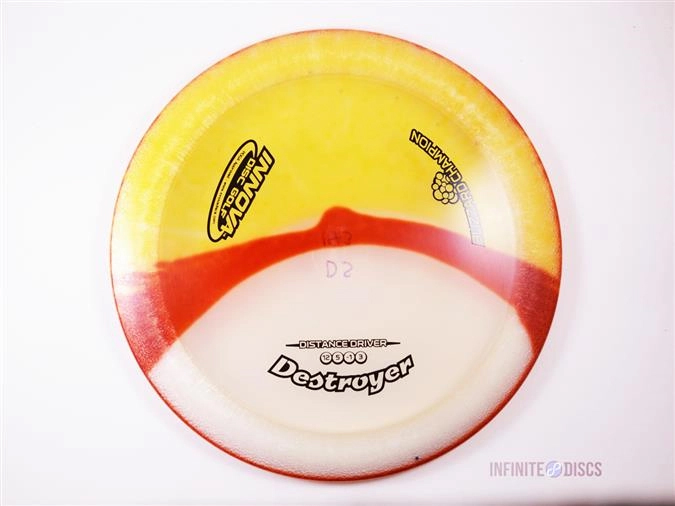
Two Tips for more Forehand Distance
Connor has a couple tips to get MORE FOREHAND DISTANCE. Watch this video to improve your sidearm throw.
The Farthest Flying Discs for Each Arm Speed
In our survey we asked what is your max distance, then we took the disc you threw to achieve that distance. While the Destroyer was the farthest flying disc overall according to our survey results, not all of us have the arm speed to get a Destroyer Max Distance.
So what are the best discs for distance for beginner and intermediate players? This chart shows the flight range for max throws, and the most popular disc to achieve that distance.
Backhand Max Distance by Arm Speed
Low Arm Speed – Less than 300 Feet Total Distance
Although there are lighter-weight discs in the faster molds, I would expect to see a few different molds for the shorter max distances. For those of us who throw a max drive of less than 300 feet, the Innova Valkyrie is our most popular choice. The Valkyrie has a lot of turn and a mild fade. That extra turn helps players who don’t have the speed to generate the longer drives that more experienced players have.
Moderate Arm Speed – 300-350 Feet Distance
Another Innova mold was the preferential disc for those people who throw 300-349 feet. The Innova Mamba is an understable driver that can be thrown on a hyzer angle to achieve extra-long turnover drives. Thrown flat, the Mamba can be amazing roller disc, too. For more info, check out this list of best distance drivers for beginners.
Intermediate Arm Speed -350-400 Feet Distance Range
The disc at the top of the list for the 350-399 foot range is also the number one choice for backhand and forehand shots. The Innova Destroyer is what more people reach for overall, and for those who max distance is 350-399 feet. The Destroyer was easily in first place, winning by quite a margin.
Max Distance for High Arm Speed Throwers
The number one disc for people who throw 400+ feet was a close race. I would have assumed that the Destroyer would be in first place, but the Destroyer came in second, behind the most popular choice. Taking the top spot for the big arms is the Infinite Discs Pharaoh. The Pharaoh doesn’t fade as much as a Destroyer, but it has plenty of glide for some smashing drives. That mold is available in a variety of plastic types and weights, including some signature discs.
Links to Max Backhand Throws Discs
Under 300 feet – Innova Valkyrie
300-349 feet – Innova Mamba
350-399 feet – Innova Destroyer
400 + feet – Infinite Discs Pharaoh
Farthest Forehand Throws by Distance

Forehand Throws Less than 350 Feet
For the sidearm drivers out there, the Innova Wraith is number one among disc golfers who throw under 300 feet. The second place overall winner is a speed 11 disc with a glide, turn, and fade that is similar to the Destroyer. The Wraith was also the top disc for people whose max drives are in the 300-349 foot range.
Forehand Throws between 350 and 400 Feet
Extending the max forehand range to 350-399 feet we find the Destroyer once again on top of the list. Since this distance range was the most popular, it allowed the Destroyer to end up as the most popular forehand disc overall. However, it was not the most popular for the 400+ range.
Sidearm Throws 400+ Feet
For those players who can flick a disc more than 400 feet, their disc of choice is the Infinite Discs Emperor. The speed 12 Emperor was released in 2019 and has become a staple for many disc golfers. It has a lot of glide and a strong, reliable fade. People who can throw 400+ will appreciate the Emperor’s ability to keep from overturning, while allowing a nice s-curve. Lesser- distance players will find the mold is still excellent in lighter weights.
Links to Max Forehand Throws Discs
Under 300 feet – Innova Wraith
300-349 feet – Innova Wraith
350-399 feet – Innova Destroyer
400+ – Infinite Discs Emperor
Farthest Flying Distance Drivers by Brand
So far in this survey we have only seen a few different manufacturers mentioned. There were actually many brands that received at least one vote. Here are the top 10 manufacturers, with the total number of molds that people chose as their farthest flying disc.
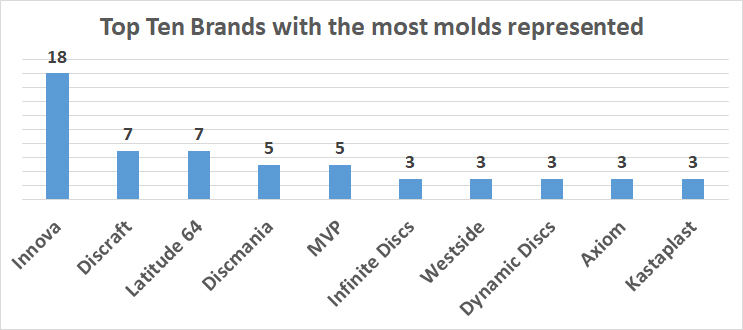
It is never a surprise to see Innova at the top of any disc golf list. They have been around for four decades and offer more high-speed drivers than many smaller brands have total molds available. As we’ve seen in our annual State of Disc Golf survey, smaller brands are definitely taking an increasing amount of market share from Innova. However, Innova is still offers such a variety of discs that it will still end up on the top of lists like this.
Top Selling Distance Drivers by Brand
Check out the top selling distance drivers offered by the top 10 brands in the links below”
The farthest discs from each disc golf manufacturer
And finally, we look at which molds from each manufacturer that were selected the most times in the survey. Did YOUR farthest flying disc make the list?
- Axiom Crave
- DGA Hurricane
- Discmania DD3
- Discraft Nuke
- Dynamic Discs Sheriff
- Infinite Discs Pharaoh
- Innova Destroyer
- Kastaplast GrymX
- Latitude 64 Grace
- Legacy Cannon
- Lone Star Discs Bayonet
- Millennium Scorpius
- MVP Wave
- Prodigy F7
- Prodigy D3
- Quest Raging Inferno
- Streamline Trace
- Thought Space Votum
- Thought Space Freetail
- Vibram Lace
- Viking Discs Ragnarok
- Westside Destiny
Survey Results: Max Distance Discs
We asked YOU about your farthest flying disc, and you responded by the hundreds! We randomly selected 5 winners to receive an Infinite Discs gift card. Each person was contacted via email. Congrats to the winners for 2023:
Mason K
Jerry B
Joshua T
Jacob R
Matt Y
Now it’s your turn to contribute to the 2024 results. Comment below to let us know the answers to the following questions:
- What mold and plastic do you reach for when you want to get the longest distance possible (assume that wind is not a factor)?
- About how far are you throwing on a max drive attempt?
- Is your max drive a forehand or backhand?
We tallied the votes and picked a few winners. The most popular disc from your voting is the Shryke, with most Shryke voters picking Star plastic. The Star Corvette was in second place.
We randomly selected five people who commented and awarded them an Infinite Gift Card. The winners are:
Jason F who reaches for his Champion Shryke when he wants to go for distance.
Rodney T prefers an Opto Saint for his bomber.
Vince R likes his Star Shryke on the long throws.
Dawson F uses a Jade to crush drives.
Michael C launches Sunny Vanillas the farthest.
All winners have been emailed

